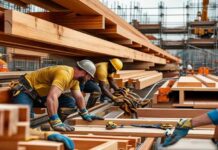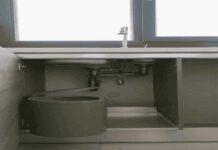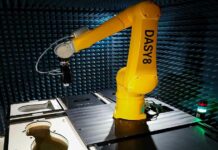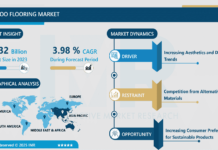The construction industry can be dangerous at times, and safety remains a priority on job sites. Proper equipment and protocols can save lives, but weather is a variable that cannot be predicted. Clear, sunny days can change quickly into lightning storms, downpours, or other extreme weather events. When significant weather events like these occur, they represent a significant danger to job sites that endanger lives. The Occupational Safety and Health Administration (OSHA) points out that weather-related mishaps like slips and falls are leading causes of death in the construction field. As our climate continues to change at an increased rate, these incidents are poised to increase.
It is first important to understand how severe weather can pose risks. For example, lightning strikes can target elevated workers or metal structures that serve as conductors. Wind can push workers off precarious locations or drop tools or debris from above. Heavy rain can disrupt electronics and destabilize heavy machinery if the ground is too wet. Not to be overlooked, extreme temperatures on either end of the thermometer can imperil workers through heat-related illnesses or cold-induced impairments.
Everyone knows local forecasts and weather apps can often be misleading or even entirely incorrect. Job sites that have to make decisions based on this information are, therefore, put at risk in line with the accuracy of the data they use to make decisions. Without more specific, localized information, these calls are open to greater risk.
Artificial Intelligence, or AI, is revolutionizing the way the world works, and the construction industry will be no different. AI is advancing to a point where more precise and actionable weather data can be customized for job sites to lower the risk of weather-related hazards. These predictive systems can use weather data more local to the precise location of a job site and can look towards changes and movement in activity to identify time zones where work should pause.
This shift to advanced technologies can handle a great deal of data while giving workers clear and simple instructions and suggestions. AI will turn thousands of data points into simpler forecasts that can be used to shut down job sites when appropriate. Construction companies can set standards across their systems for when work needs to be halted to eliminate the variables of local staff making these decisions. If large storms, high winds, or other dangerous weather systems are on the horizon, custom alerts will take care of everything.
Using AI to get real-time weather alerts can really cut the risks of bad weather for construction companies. For instance, monitoring wind velocities in real-time allows site managers to suspend crane operations when gusts exceed safe thresholds. Liebherr cranes from Germany, known for their robust build, can be integrated with such intelligent systems to enhance safety and operational efficiency. Quick heads-up about disasters like floods: let us plan ahead, making sure our gear and team are safe by locking down building materials and machinery. Also, AI tech can keep an eye on lightning storms and give instant warnings to make sure crew members steer clear of open areas or danger zones until it’s safe.
But honestly, this is just the beginning of what’s possible. Looking to the future, we’re likely to see high-tech satellite systems taking center stage. They’ll be able to monitor weather conditions worldwide, totally revolutionizing how those in construction prepare for and deal with any weather.
In construction, AI isn’t there to replace humans but to provide more detailed data and predictions, letting us make smarter choices about safety and limiting wasted time. By harnessing the power of AI, the construction industry stands on the cusp of a new era in which weather-related risks are not left to fate but anticipated, prepared for, and effectively managed.




























